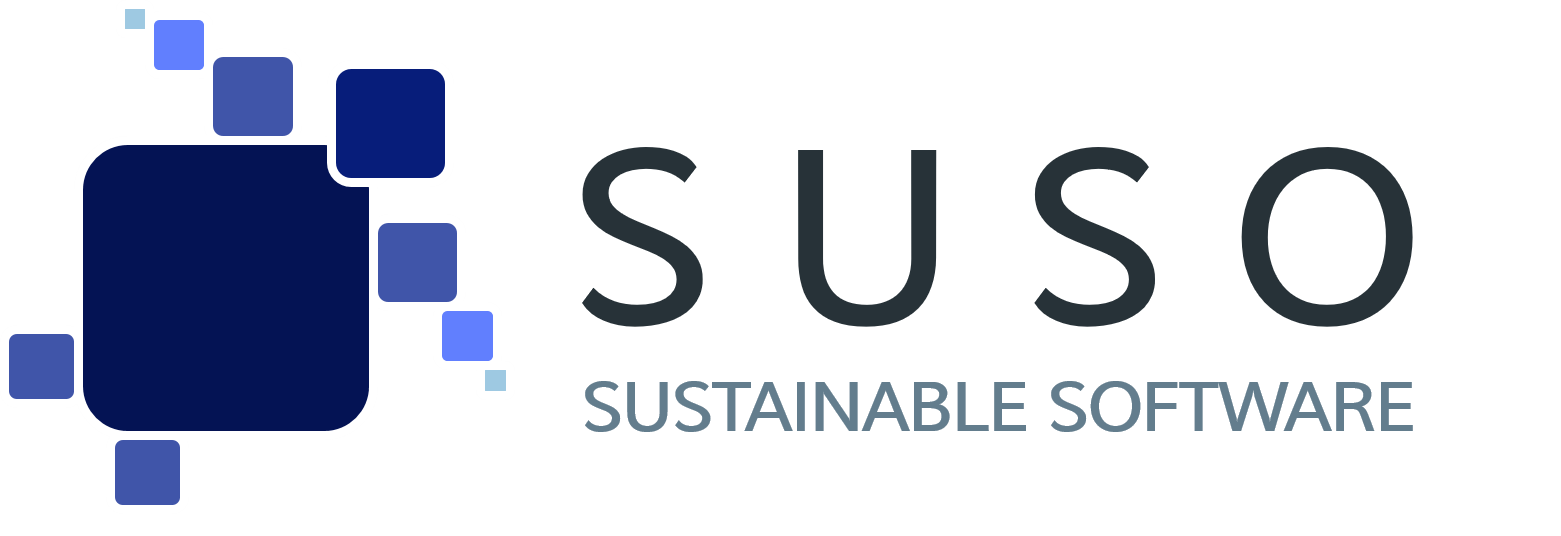Dissertation:
Bridging Academic Software Sustainability Design with Corporate Business Planning
Software systems have become deeply intertwined with both our personal lives and our professional lives, blurring the demarcation between the colloquially referred ‘real world’ and ‘digital world’. Consequently, software systems wield unintended influences on nontechnical systems, encompassing the social, environmental, and economic dimensions. These three dimensions are commonly subsumed under the Triple Bottom Line (TBL), which serves as a conceptualisation of the term ‘sustainability’. Sustainability is not a passing trend but an elementary requirement for today’s and tomorrow’s society that confronts software practitioners with a new spectrum of tasks and responsibilities.
This dissertation is aimed at bridging the gap between academia and industry within software sustainability design. A comparison of these two sides reveals different levels of awareness regarding the impacts of software products and services, as well as a different level of theoretical knowledge and practical approaches to set and achieve sustainability goals. To fill this gap, particular reference was made to the preliminary work of the signatories of the Karlskrona Manifesto for Sustainability Design, who developed the Sustainability Awareness Framework (SusAF). The SusAF is a tool that supports software practitioners in identifying the multi-dimensional impacts of software so that they can be considered requirements during the design phase. Employing the Design Science Research Methodology (DSRM), this dissertation extends the SusAF, tailoring it to the specific needs of software companies. Through a sequence of iterative case studies, an artefact named the Business-oriented Extension of the Sustainability Awareness Framework (BE-SusAF) has emerged.
The BE-SusAF contributes mainly through embedding four principles into industrial software design approaches, summarised as the four Is: 1) Interface positions for the orchestration of the artefact, 2) Integration of external stakeholders in the requirements elicitation process, 3) Implementation of the SusAF results within business design models, and 4) Incorporation of organisational conditions. While the artefact enables software companies to meet sustainability challenges, the research around it contributes in general to the transfer from academia to industry within software sustainability, a nexus that is gaining significance due to the progressing digital transformation.
Artefact:
The Business-Oriented Extension of the Sustainability Awareness Framework (BE-SusAF)
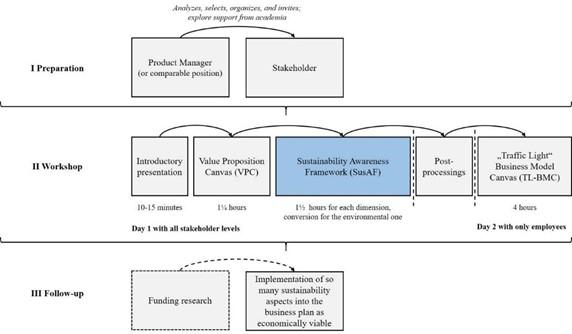
I Preparation
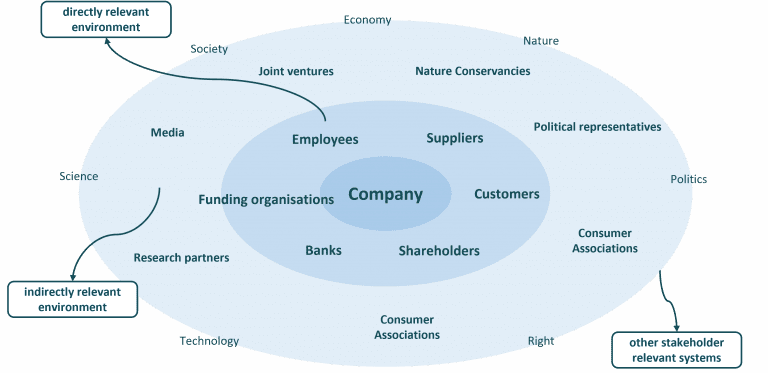
II Workshop
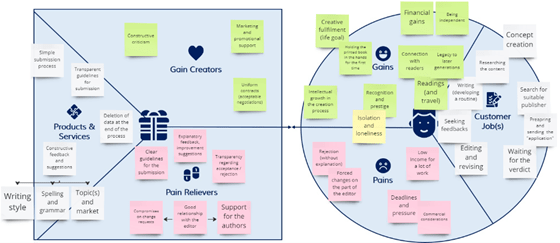
Value Proposition Canvas (VPC)
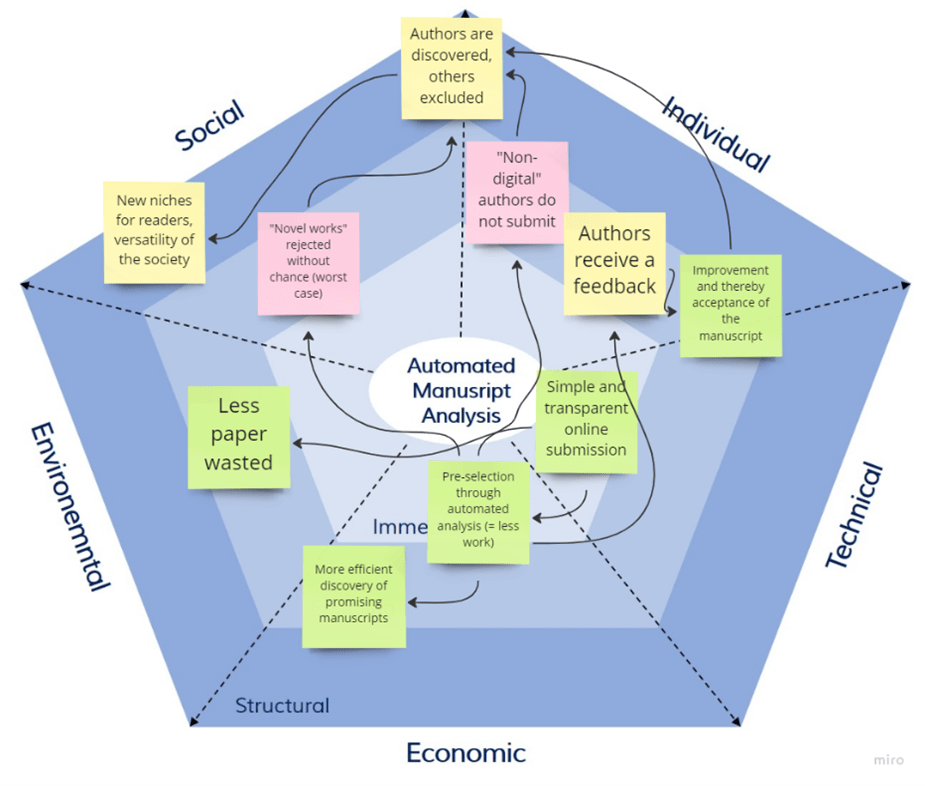
Sustainability Awareness Framework (SusAF)
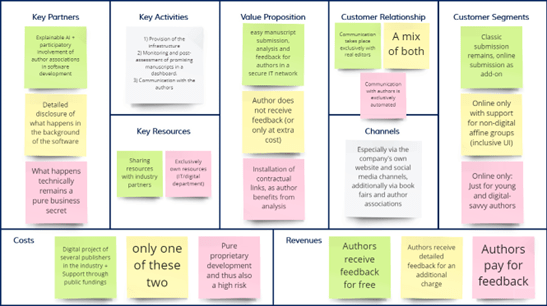
Traffic Light Business Model Canvas (TL-BMC)
